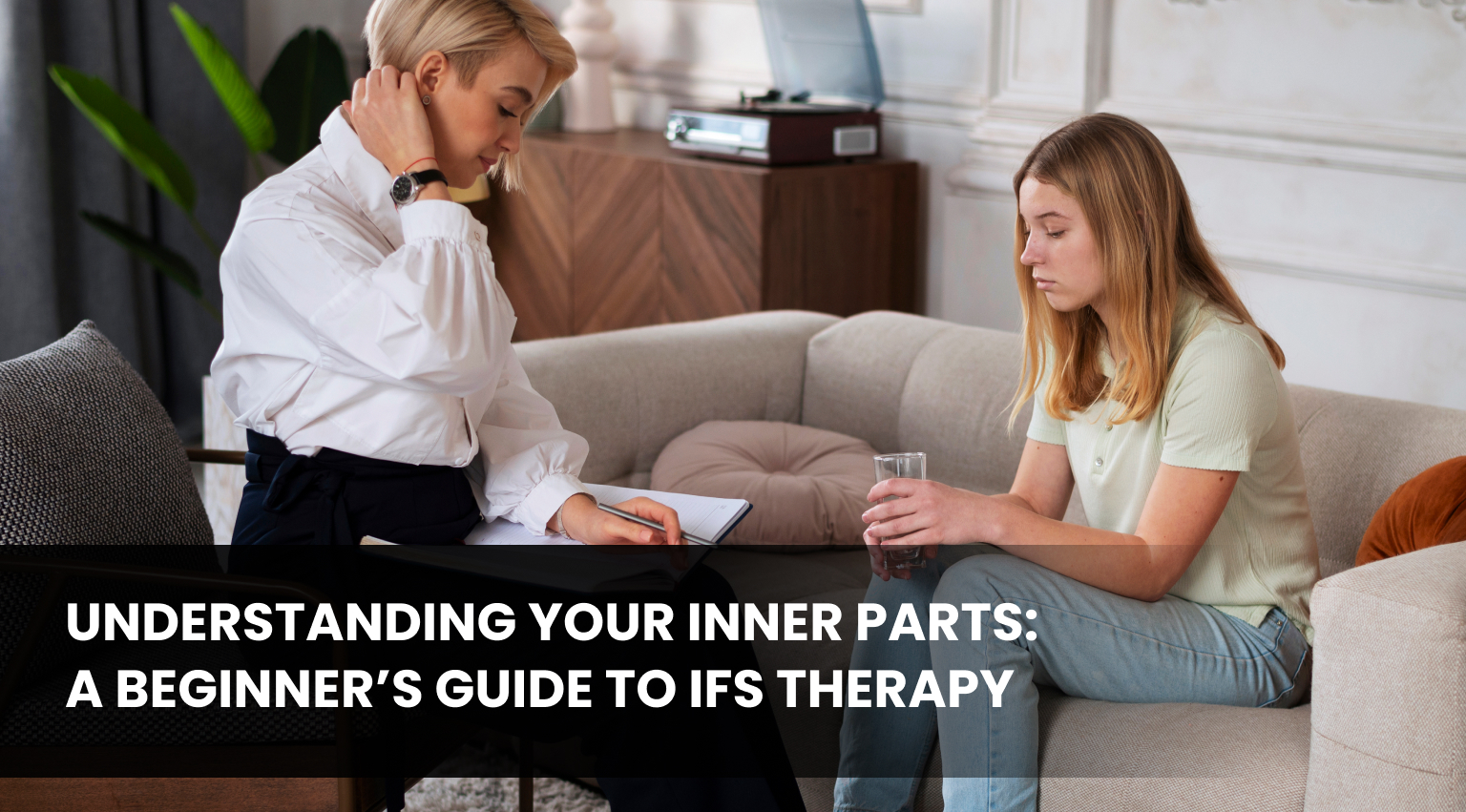
It seems like our minds are constantly working in the modern environment. We’re balancing social expectations, work, family, and the never-ending scroll of everyday stress. Furthermore, the internal chatter frequently overpowers us just as much as the external noise. While a part of us wants to relax, another part of us strives to accomplish more.
One part whispers, “Stay quiet,” while another part says, “Speak up.”
You’re not alone if these inner voices have ever caused you to feel pushed in multiple directions. Actually, there is a therapy that can help you comprehend and resolve these internal conflicts. Once you understand how it works, you may have a completely different perspective on yourself. It’s called IFS Therapy.
Let’s explore how IFS Therapy can help you turn inner chaos into inner harmony.
At its core, IFS therapy is about compassion. It says: You’re not broken. You’re not “too much.” You’re simply made up of many parts, and each part deserves to be heard.
Think of your mind like a family. In every family, you’ve got the protectors, the worriers, the caregivers, and sometimes the rebels. Inside you, it’s no different. Each inner part is trying to do its job—even if it doesn’t always do it in the most helpful way.
For example:
We often spend years fighting our inner parts—trying to silence the critic, push away the fear, or bury the pain. But those parts aren’t here to ruin your life. They usually stepped in during difficult times to help you survive.
The problem? Sometimes they get stuck in their roles. A part that helped you as a child—like staying quiet to avoid conflict—might still be running the show in your adult relationships, even though it’s no longer serving you.
IFS Therapy helps you update these inner strategies. Instead of shutting parts down, you get to say: “Hey, I see you. I get why you’re here. Let’s figure this out together.”
If you’re wondering what a session looks like, here’s a peek:
In IFS, there’s a part of you called the Self. Think of it as your calm, compassionate core. Your therapist will guide you to connect with that steady place inside so you can meet your parts from kindness, not fear.
You might start by noticing how a certain part shows up. For example: “There’s a tightness in my chest when I think about work.” That could be your anxious part asking for attention.
There are a few reasons IFS stands out from other therapies:
At places like Restore Therapy, IFS Therapy is often blended with other approaches—like EMDR, mindfulness, and CBT—to help people heal trauma, ease anxiety, and feel more at peace with themselves.
Trying out IFS concepts doesn’t have to wait till therapy. Here are some easy exercises you may do immediately:
You can feel more connected and at ease in your inner world by making these small changes.
IFS Therapy at Restore Counseling Therapist is similar to opening your arms to yourself. You learn to listen, comprehend, and lead your parts toward peace rather than battling your inner demons. IFS provides a kind, empowered way ahead, regardless of whether you’re reliving past traumas or simply want to feel closer to yourself.
The therapy concept known as Internal Family Systems, or IFS for short, sees your inner environment as a system of interdependent pieces.
They are not distinct individuals. They are facets of your personality that convey feelings, memories, or behaviors, such as inner voices or roles.
No. IFS is highly beneficial for trauma healing, but it can also help anyone who is interested in understanding themselves.
Instead of trying to get rid of unwanted feelings, IFS helps you connect with them compassionately so they can heal.
It varies. It takes a few sessions for some people to experience changes; deeper wounds take longer. You always heal at your own rate.